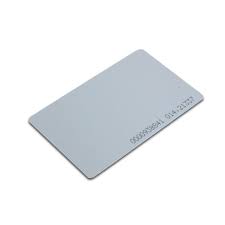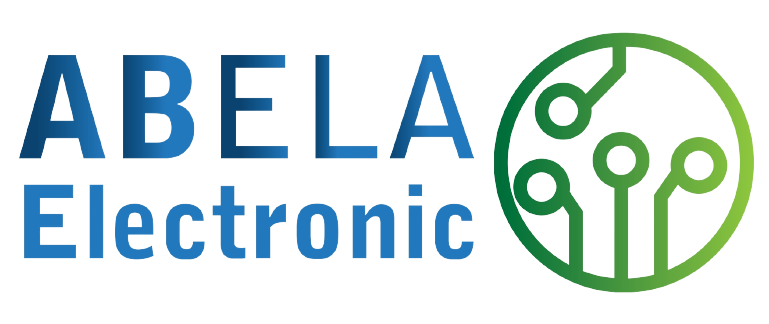

Description:
- Physical Appearance: A 125kHz RFID card typically resembles a standard credit card in size and shape. It is usually made of plastic and has dimensions of approximately 85.60mm × 53.98mm × 0.76mm (3.37in × 2.12in × 0.03in). The card may have a glossy or matte finish and can be printed with text, logos, or other designs.
- RFID Chip: Embedded within the card is an RFID chip, which contains an integrated circuit and an antenna. The chip is responsible for storing and transmitting data wirelessly using radio waves.
- Frequency: The card operates at a frequency of 125kHz, which refers to the number of radio waves transmitted per second. This frequency is relatively low compared to other RFID systems, but it is still effective for short-range applications.
- Proximity Range: The read range of a 125kHz RFID card is typically short, ranging from a few centimeters up to a few meters depending on the reader's power and sensitivity. The card needs to be brought into close proximity to a compatible RFID reader for data transmission.
- Data Storage: The RFID chip on the card can store a unique identification number or other relevant information. The data can be pre-programmed onto the chip during manufacturing or written to the chip using a specialized RFID writer.
Specification:
- Frequency: 125kHz - The reader operates at this frequency to communicate with the RFID card.
- Read Range: The read range of the reader determines the distance at which it can detect and read RFID cards. The range can vary depending on the specific reader model and the environment, but typically ranges from a few centimeters to a couple of meters.
- Protocol: The reader uses a specific communication protocol to interact with the RFID card. Common protocols for 125kHz RFID cards include EM4100, EM4200, TK4100, and HID Prox.
- Power Supply: The reader requires a power source to operate. It may be powered by batteries, a power adapter, or through a USB connection.
- Interface: The reader may have various interface options for connecting to external devices such as computers or access control systems. Common interfaces include USB, RS232 (serial), or Wigand.
